Chapter 4
Email list building and hygiene
Our research shows there’s a divide between senders who realize the importance of good list building and list hygiene practices and those who need to make changes. Which side are you on? Find out if there are steps you can take to improve your efforts.
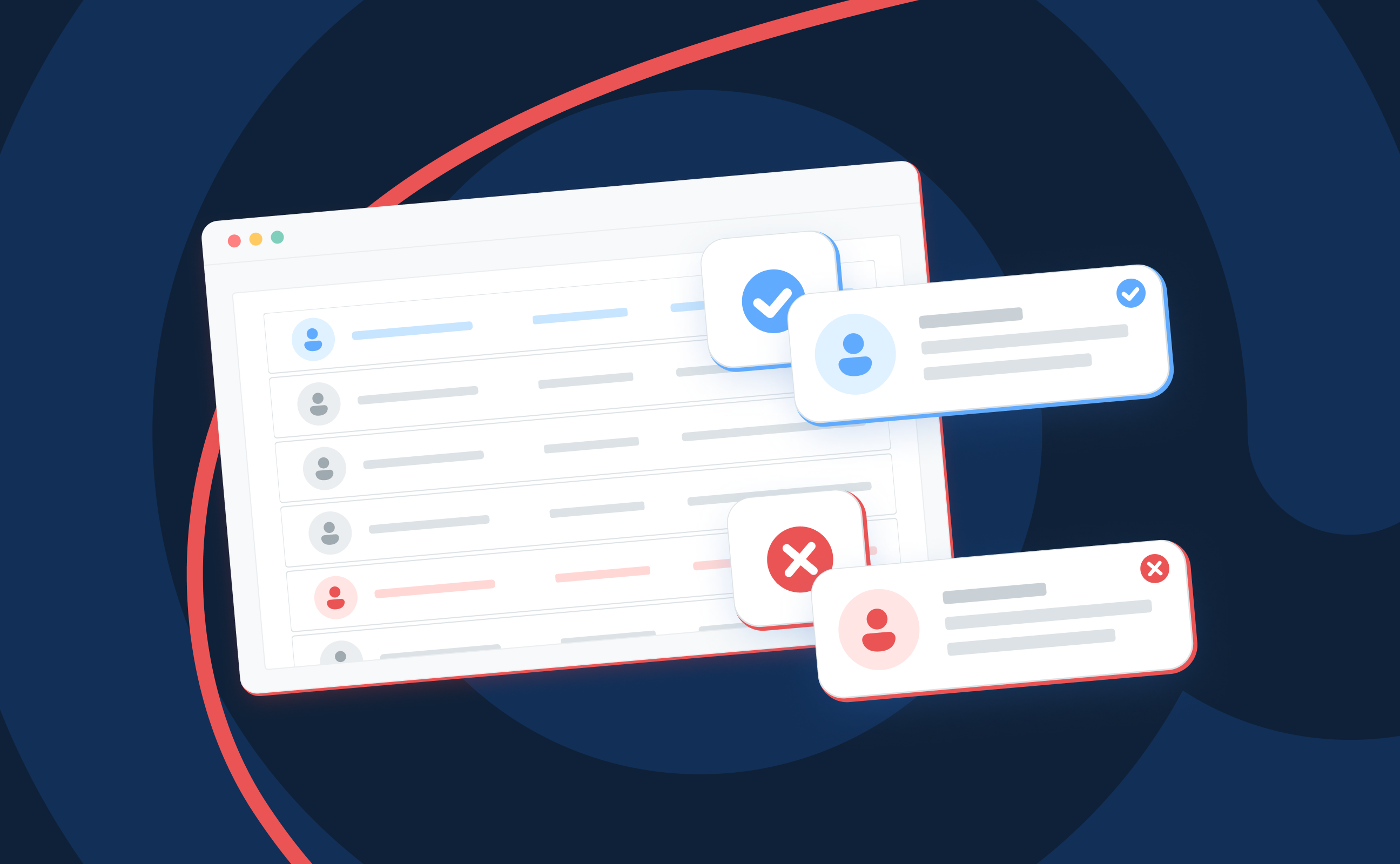
Share to
State of email deliverability 2025
The year of Yahoogle
Email authentication in 2025
Understanding inbox placement
Email list building and hygiene
Key findings on list building and hygiene
How does your email list impact deliverability?
Email list building practices
Email list hygiene practices
How email validation tools can help
Email sender reputation
How to improve email deliverability
About this survey
PUBLISHED ON
Your email list is an invaluable asset. It’s how your organization connects with people through a top communication channel. Many businesses would grind to a halt without email, and around 75% consumers prefer email for business communication.
Important assets like your contact database need to be protected and treated with care. That includes how you build your email list as well as how you manage and maintain it. As your list grows, so does your business. And as a business grows so does its email database.
In this chapter, we’ll find out if senders realize just how important list building and hygiene are to email deliverability.
Table of contents
A better way to build your email list
Key findings on list building and hygiene
%
of senders are using a double opt-in method to confirm new contacts.
.%
of senders have purchased a list or scraped the web for email address in the last two years.
%
of senders surveyed rarely or never conduct email list hygiene.
.%
of senders who prioritize list hygiene say maintaining sender reputation is the biggest benefit.
How does your email list impact deliverability?
Why would mailbox providers care about the database you use to send email messages? What does your list of contacts have to do with achieving inbox placement? Here’s the answer... The quality of your list and the way your contacts engage with your emails send signals about what kind of sender you are.
Imagine a parent checking out a teenager’s bedroom. If it’s a mess of fast-food wrappers, dirty laundry, and unfinished homework, that parent might assume the teenager is lazy and irresponsible. Maybe that teenager doesn’t deserve certain privileges.
Likewise, to earn the privilege of reaching inboxes, you’ve got to keep your act clean.
Email list building best practices:
Get explicit consent from contacts before adding them to your marketing list.
Keep subscribers engaged and spam complaints low to show your emails are wanted.
Use email validation to avoid addresses with typos, outdated contacts, and spam traps.
Regularly conduct email list hygiene to strategically segment, reactivate, or remove unengaged subscribers.
When you focus on these things, mailbox providers are much more likely to see you as a reputable sender who deserves inbox placement. The senders who took our survey find that to be true.
Among those who prioritize list hygiene, 47.5% say the biggest benefit is maintaining a good sender reputation with mailbox providers like Gmail, Yahoo Mail, and Outlook. Better engagement metrics (19.4%) and fewer spam complaints (17.8%) also emerged as top benefits, and that’s also correct.
What do you believe is the biggest benefit of prioritizing email list hygiene?
We take a closer look at sender reputation in Chapter 5 of this report. If you’re unfamiliar, this is a unique score mailbox providers give senders based on a variety of factors. The health of your email list contributes to several of those factors.
“We often compare email sender reputation to credit scores. In both cases, one costly mistake can easily damage your credit score or your sender reputation, but they take time to build back up. That’s why you need to take steps to maintain a good reputation with mailbox providers.”

Ashley Rodriguez
Deliverability Engineer II, Sinch Mailgun
Email list building practices
The foundation of a healthy contact list starts with how you collect email addresses and confirm someone’s intent to subscribe. Obtaining proper consent, especially for promotional messages, is critical to any email program.
If you’re emailing people without consent, you are a spammer, and your messages belong in the junk folder. What’s more, without explicit consent, you may be violating important consumer privacy laws and could face significant fines.
Unfortunately, questionable methods are still being used. Nearly 1 out of 10 senders in our survey (9.4%) admit they’ve either purchased email lists or scraped the web for contacts in the last two years.
Have you purchased email lists or scraped the web to add contacts within the last two years?
The good news is that 85.5% of the senders in our survey have not used these practices in the last couple of years while about 5% are unsure. But just wait... there’s more bad news.
When we look at monthly send volumes, it turns out that organizations sending more email are also more likely to add contacts to their lists without obtaining consent. Around 15% of senders with volumes between 100,000 to more than 1 million emails per month admit to these questionable practices.
Senders who've purchased email lists or scraped the web for contacts: Monthly volume comparison
Sinch Mailgun research also found that B2B senders are almost three times as likely to use questionable list building methods compared to B2C (12.3% vs 4.3%). Purchasing lists and scraping are tactics often used for cold emailing B2B prospects from the sales team. It’s one thing to cold email people individually, but once it’s automated for scale, you’re entering the world of spammers.
Building a qualified email list organically takes time and effort. You’ve got to overcome the temptation to simply buy a list of contacts that fits your target audience or there could be consequences.
Nearly 1 in 10 senders admit to using questionable list building practices in the last two years. These methods will hurt deliverability and make list cleaning an urgent priority.
A better way to build your email list
There are many ways to collect contacts without spamming people and violating privacy laws:
Place signup forms on key pages of your website.
Start an industry newsletter to attract relevant subscribers.
Offer valuable content in exchange for contact information.
Allow people to subscribe to regular deals or product updates.
Collect emails during online checkout or at the point of purchase.
However, even after someone fills out a form, there’s another step you can take that supports email deliverability. It’s called a double opt-in, and it involves sending an initial email to new contacts asking them to confirm their intent to subscribe.
In case you didn’t know, here’s how a double opt-in process typically works:
A new contact fills out a signup form.
They receive an email asking them to click a link to confirm.
If they click the link to confirm, you add them to your list.
If there’s no confirmation, you don’t add them or segment them into a separate list.
This process does mean list growth may be a bit slower. However, it also ensures you’re only adding new contacts who really want to be on your list. These contacts are more likely to engage with what you're sending.
“I would recommend that every sender use a double opt-in all the time. Not only does it ensure you only acquire subscribers who are more likely to engage, but it also helps prevents bots from abusing signup forms, which is a significant email security risk.”

Nick Schafer
Sr. Manager of Deliverability & Compliance, Sinch Mailgun
Sinch Mailgun’s research shows nearly 40% of senders are using the double opt-in method while more than 47% are not and about 13% are unsure.
Do you use a double opt-in process to confirm consent when adding new contacts to your list?
A compromise to the strict double opt-in method is something called confirmed opt-in lite (COIL). This is when you only send certain emails to new subscribers, such as a welcome series or a monthly newsletter, until they engage. Once they do, you can add them to your main email list knowing they likely have a legitimate interest in what you offer.
Email list hygiene practices
You can get away with skipping a shower or two. Bathe once a week and maybe no one will notice. But try not showering for a month and see how people react when you walk into the room. When you have poor email list hygiene, it’s mailbox providers who think you stink.
Here’s what Sinch Mailgun’s research reveals about how often senders conduct email list hygiene:
27% Monthly or more
16% Quarterly
18% Once or twice per year
27% Rarely
12% Never
How often do you typically conduct email list hygiene?
How often you need to conduct list hygiene depends on your list and the rate of growth. But if you’re among the nearly 40% who rarely or never conduct list hygiene, you’re putting your email communication efforts at risk of deliverability problems.
Here are some of the most common list cleaning tactics:
Remove contacts with hard bounces.
Unsubscribe contacts who make spam complaints.
Segment your list based on engagement levels.
Quarantine inactive subscribers (send to them less frequently).
One of the most effective ways to manage your email list is to implement a sunset policy. This involves setting specific thresholds or benchmarks for segmenting unengaged subscribers. For example, if someone hasn’t opened an email from you in three months, that contact is “sunsetted” or moved off the main list.
Our research found sunset policies are uncommon among typical email senders. Just under 24% of all senders use a sunset policy. Nearly 59% say they do not and about 17% are unsure. These findings are almost unchanged from what we found in our 2023 survey.
Do you use a sunset policy to periodically remove or segment unengaged email subscribers?
Sunset policy implementation increases significantly based on email send volumes:
%
Senders with 1 million+ monthly email volumes using a sunset policy.
%
Senders with 100k to 1 million monthly email volumes using a sunset policy.
%
Senders with 50k to 100k monthly email volumes using a sunset policy.
%
Senders with < 50k monthly email volumes using a sunset policy.
These findings suggest tactics that help senders proactively manage list hygiene become more important as their contact databases grow.
How email validation tools can help
Another way to proactively manage list hygiene is to validate emails at signup before you add them to your database. People make typos when filling out forms, like entering gnail.com instead of gmail.com. But you can help them correct those mistakes, so you don’t lose out on new contacts.
The process of email validation does more than catch typos. It also verifies that an address can accept mail, it checks syntax for correct formatting, identifies disposable emails, and catches high risk email addresses.
Senders may verify emails at signup, and they can conduct bulk email validation on an entire database as part of regularly scheduled list hygiene. Both these methods are useful for maintaining a quality email list. One keeps bad contact data from getting on your list, the other helps you clean up the data that’s already there.
We asked senders to identify the ways they validate emails. 30% conduct email validation at signup and almost 13% use bulk validation (only 3% do both). 38% are manually removing hard bounces and 24% say their ESP does this automatically. 28% say they aren’t using anything to validate emails.
How does your organization validate/verify email addresses? (Respondents selected all that applied)
Email validation also helps senders reduce bounce rates and maintain good engagement metrics. If you have invalid or outdated contacts in your database, they’re not engaging with what you send, and that will drag your metrics down. List hygiene leads to a clear picture of email program performance.
Email deliverability tool
Validate with Mailgun Optimize
Senders who use Mailgun Optimize validations have reduced bounce rates by 21%. Verify emails individually, in bulk, or directly at the point of collection via API. Conduct list hygiene with speed, performance, and accuracy that won't be found with the competition.
Previous Chapter
Chapter 3: Understanding inbox placement
Chapter 3
Next Chapter
Chapter 5: Email sender reputation
Chapter 5
Explore chapters

Research report
State of email deliverability 2025
Learn More

Chapter 1:
The year of Yahoogle
Learn More
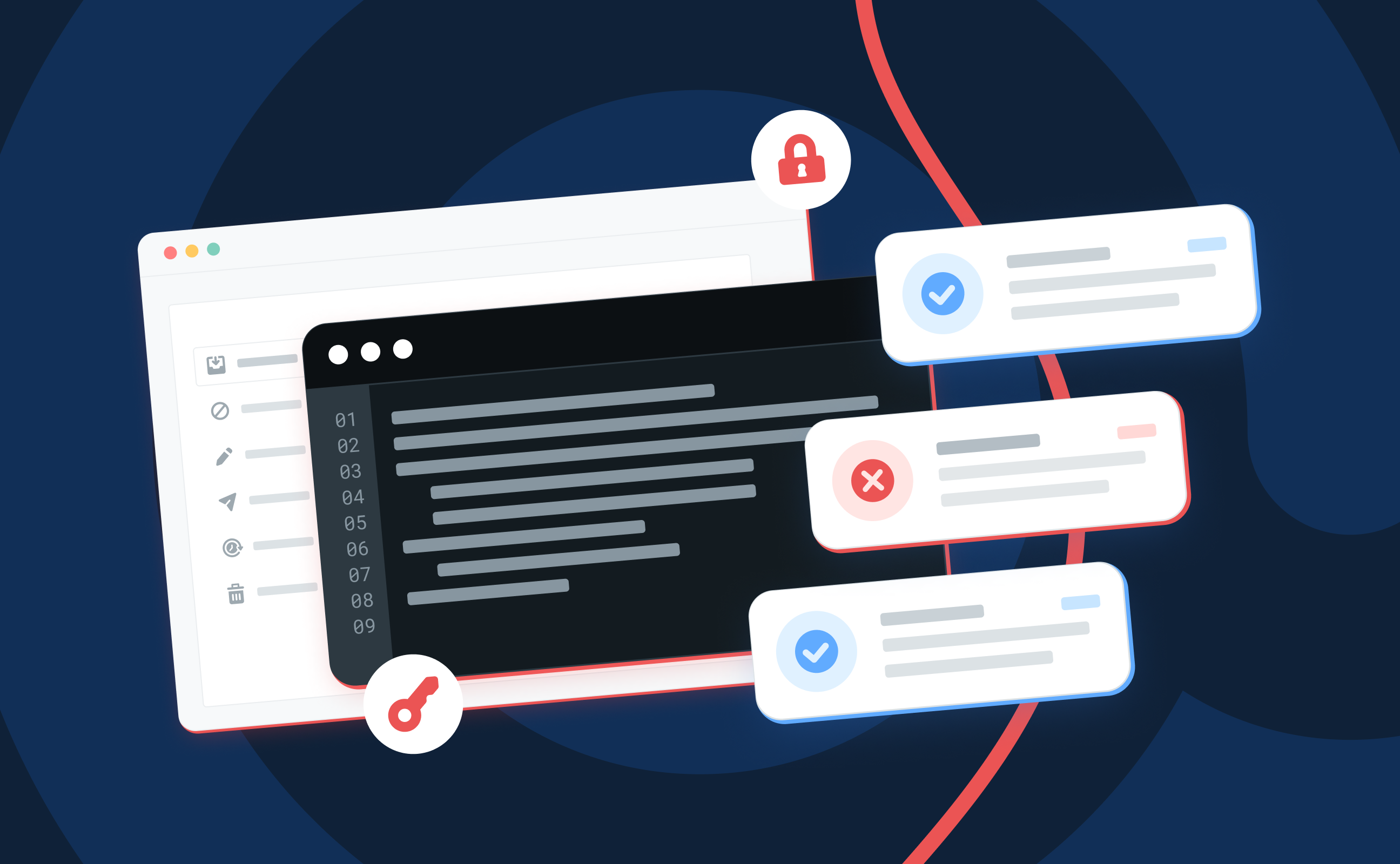
Chapter 2:
Email authentication in 2025
Learn More
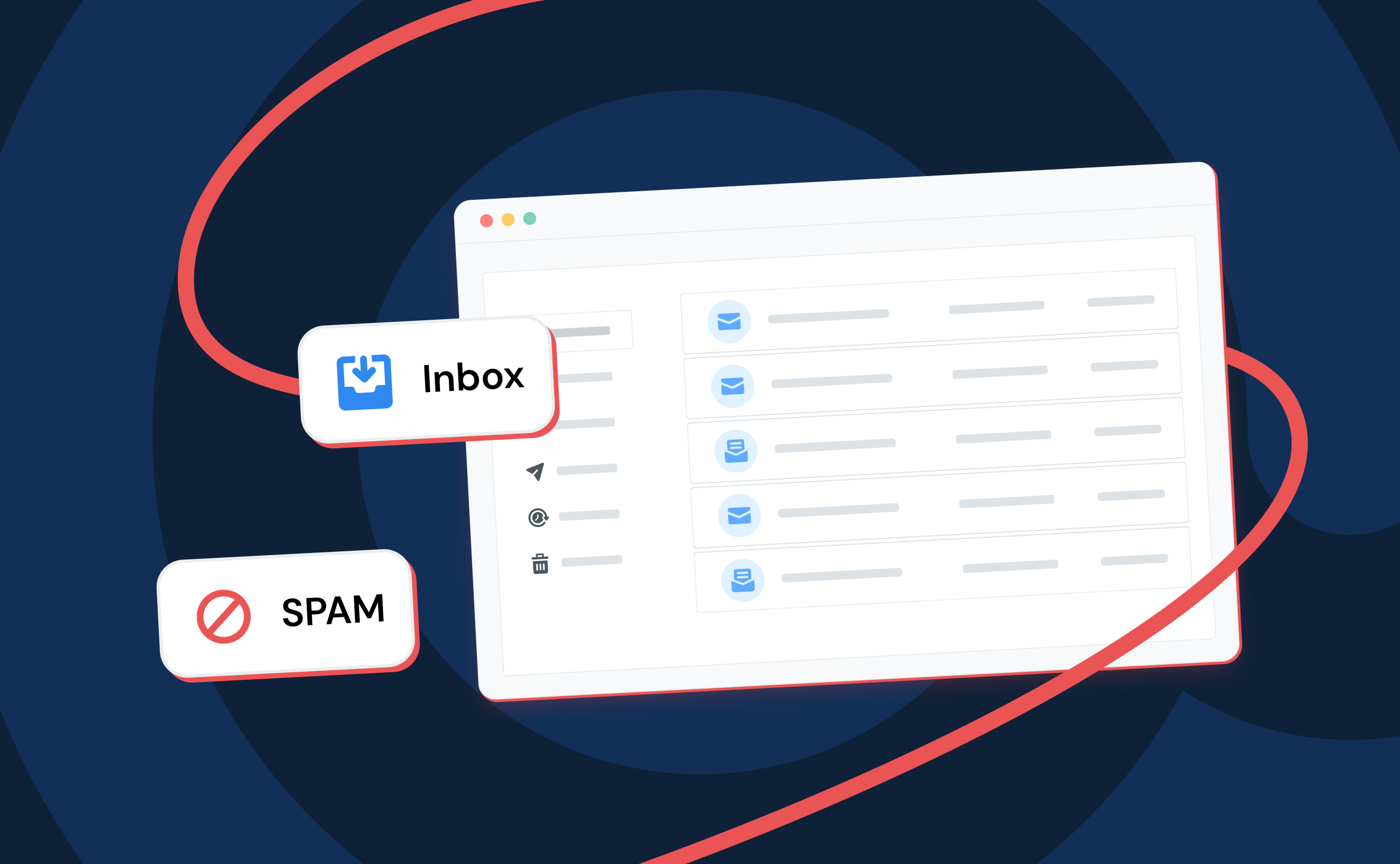
Chapter 3:
Understanding inbox placement
Learn More
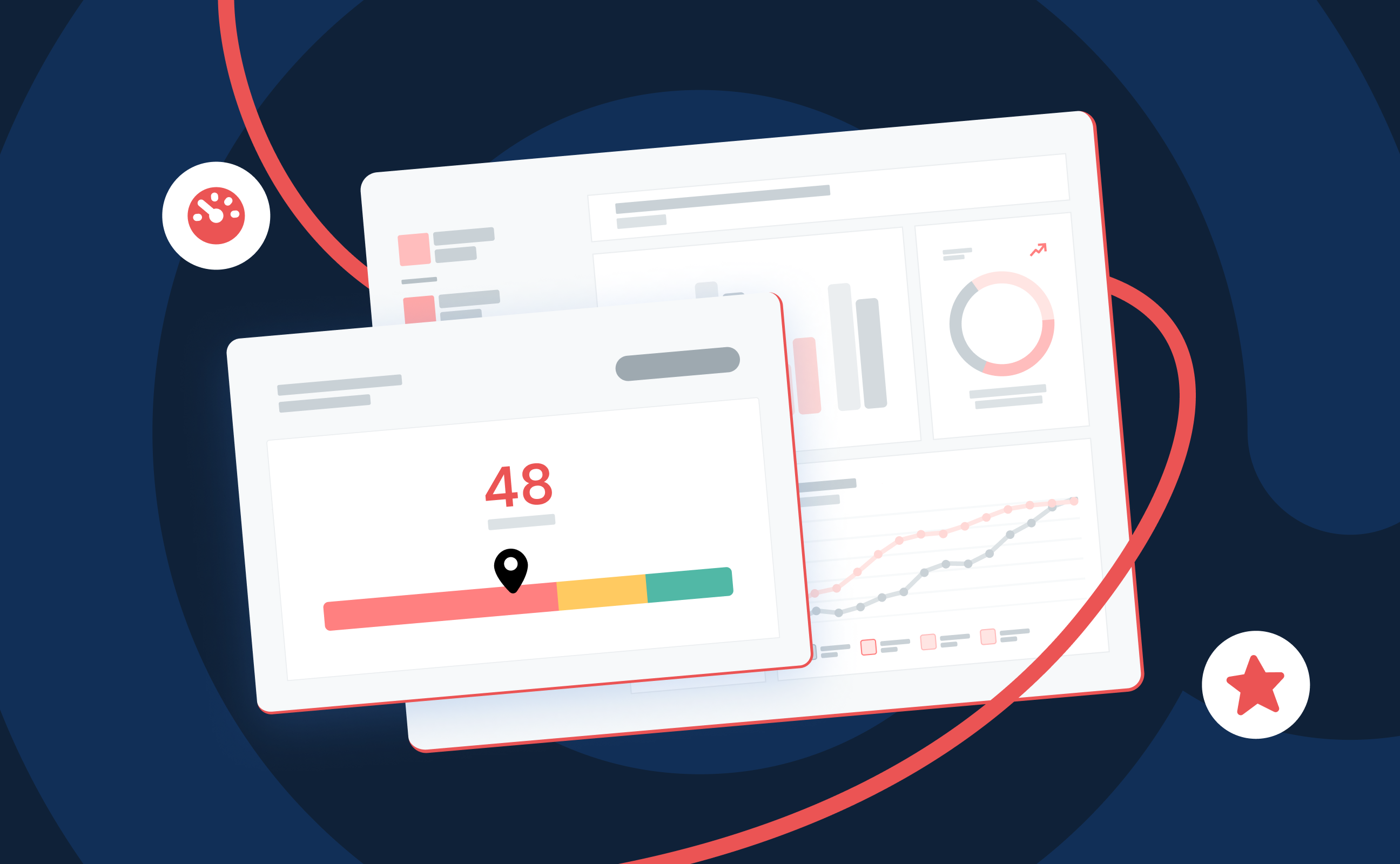
Chapter 5:
Email sender reputation
Learn More
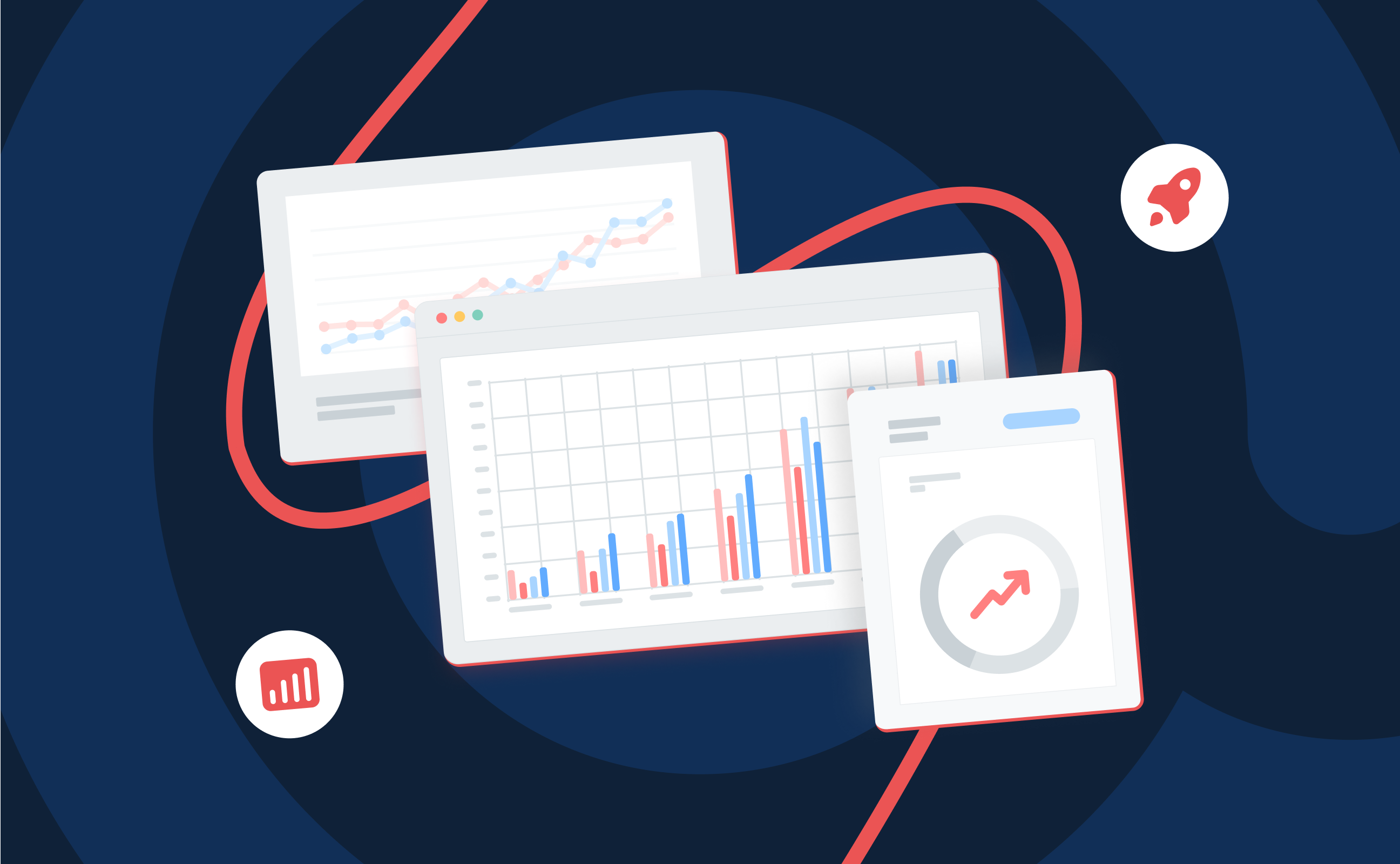
Chapter 6:
How to improve email deliverability
Learn More

Chapter 7:
About this survey
Learn More

